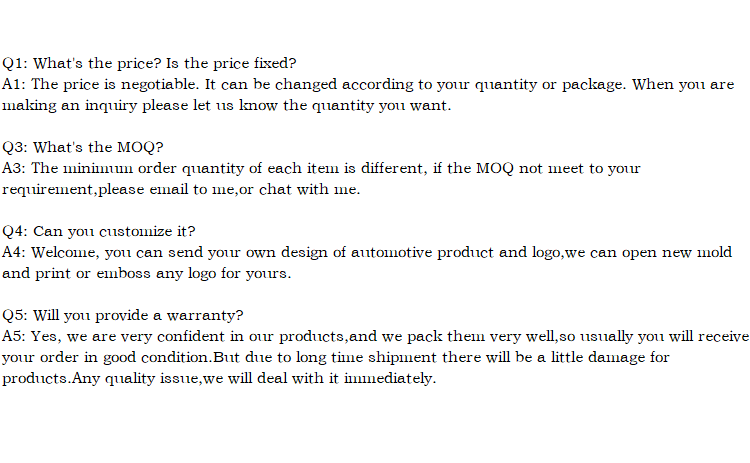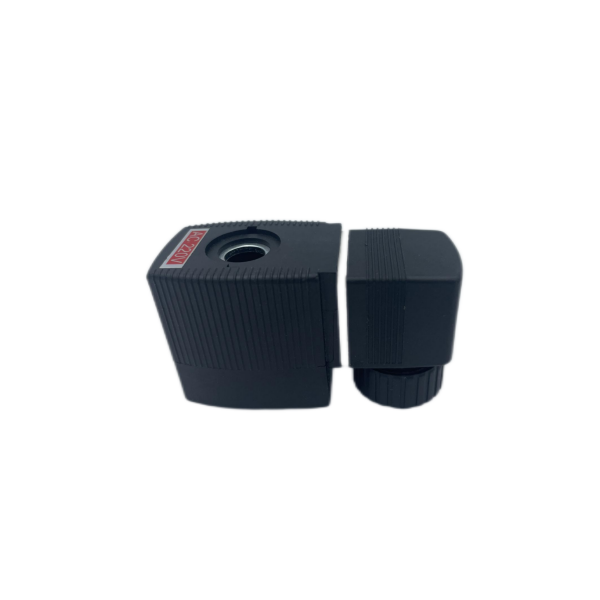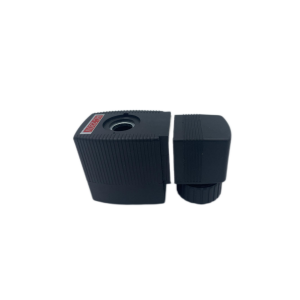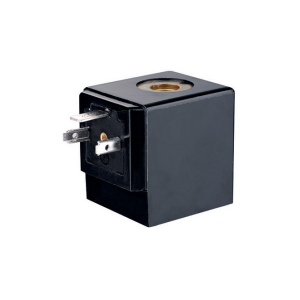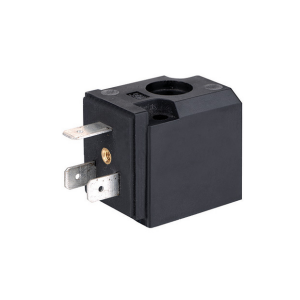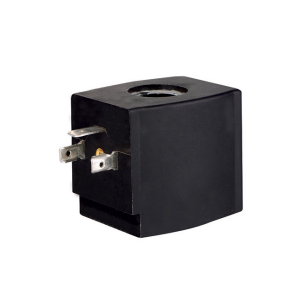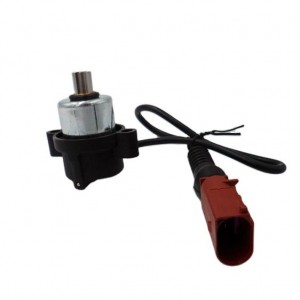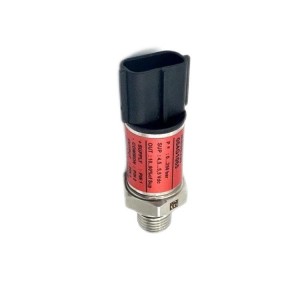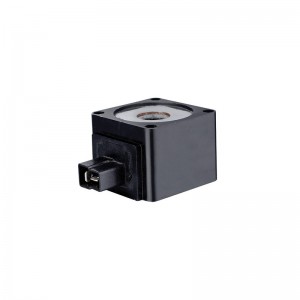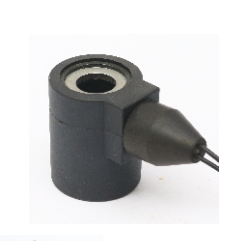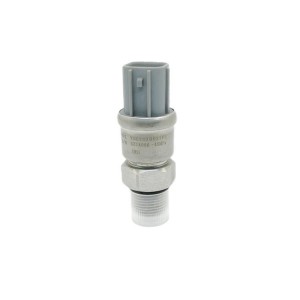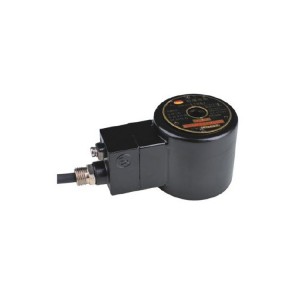Solenoid valve coil 6213 series special coil AC220V
Details
Applicable Industries: Building Material Shops, Machinery Repair Shops, Manufacturing Plant, Farms, Retail, Construction works , Advertising Company
Product name: Solenoid coil
Normal Voltage: AC220V AC110V DC24V DC12V
Normal Power (AC): 26VA
Normal Power (DC): 18W
Insulation Class: H
Connection Type: D2N43650A
Other special voltage: Customizable
Other special power: Customizable
Product No.: SB055
Product Type: AB410A
Supply Ability
Selling Units: Single item
Single package size: 7X4X5 cm
Single gross weight: 0.300 kg
Product introduction
Why is the solenoid valve coil corroded?
1.The solenoid valve coil terminals are all flooded due to poor sealing, and the corrosion of the terminals is all on the positive electrode, while the negative electrode is intact.
2.From this, it can be judged that the primary reason for the corrosion of the terminal is the poor sealing of the solenoid valve coil and the water inflow. However, due to the bad working conditions in the field, the impact of coal blocks on the coil is inevitable, so there is no guarantee that there is no water at the coil terminal.
3.Because of the existence of water at the terminal and the salt in the water, it acts as an electrolyte; Therefore, the galvanic reaction appears. For the negative electrode, all electrons flow to the negative electrode in the process of energizing the coil, and the corrosion current on the surface of the negative terminal drops to zero or close to zero, thus inhibiting the terminal from losing electrons, thus preventing the corrosion of the terminal. This is the so-called impressed current cathodic protection. For the positive electrode, the situation is the opposite, and it becomes the sacrificial anode in the Cathodic Protection Law of Sacrificial Anode. Therefore, even copper, which is not chemically active, is corroded quickly, and the terminal breaks, resulting in failure and shutdown.
4.There are many kinds of solenoid valves, including those that control gas and liquid (such as oil and water). Most of them are coiled around the valve body and can be separated. The valve core is made of ferromagnetic material, which attracts the valve core by the magnetic force generated when the coil is energized, and the valve core pushes the valve to open or close. The coil can be taken down separately. He is used to control the opening and closing size of the pipeline. The movable iron core in the solenoid valve coil is attracted by the coil to move when the valve is electrified, which drives the valve core to move, thus changing the conduction state of the valve; The so-called dry or wet only refers to the working environment of the coil, and there is no big difference in valve action. However, as we know, the inductance of a hollow coil is different from that after adding an iron core in the coil. The former is smaller and the latter is larger. When alternating current is applied to the coil, the impedance generated by the coil is also different. When alternating current with the same frequency is applied to the same coil, the inductance will change with the position of the iron core, that is, its impedance will change with the position of the iron core. When the impedance is small, the current flowing through the coil will increase. When the coil of the solenoid valve is energized, the iron core is attracted to form a closed magnetic circuit. That is, when the inductance is in a large state, it is timed. Its fever is normal, but when the core is energized, it can't be smoothly attracted, the inductance of the coil decreases, the impedance decreases, and the current increases accordingly, which leads to the excessive current of the coil and affects its service life. Therefore, the oil stains hinder the core's activity, and the action is slow when it is energized, or even it can't be completely attracted normally, so that the coil is often in a state of less impedance than normal when it is energized, which may be the factor of the coil.
Product picture
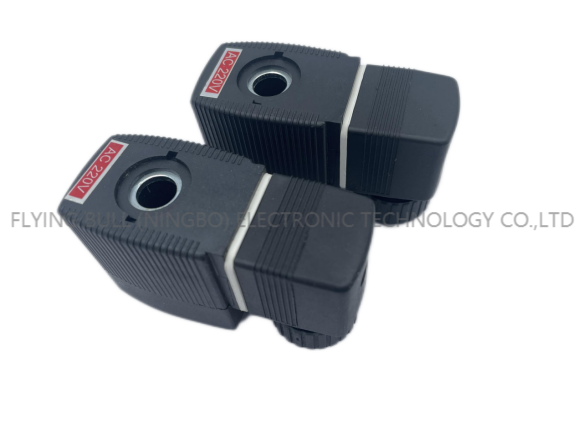
Company details







Company advantage
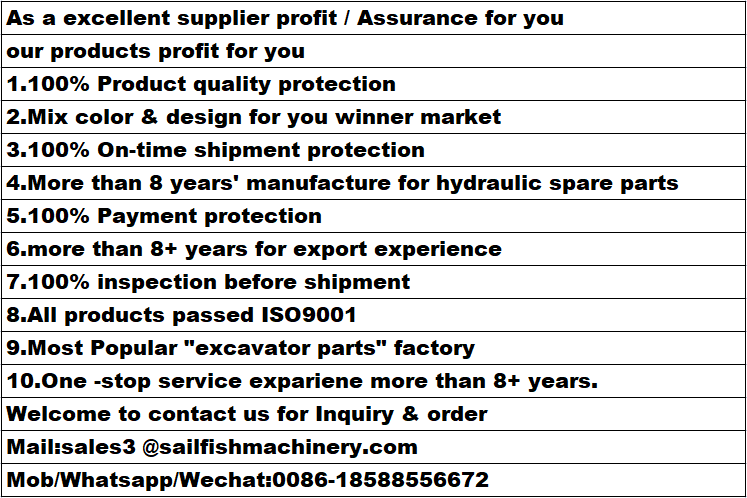
Transportation

FAQ
